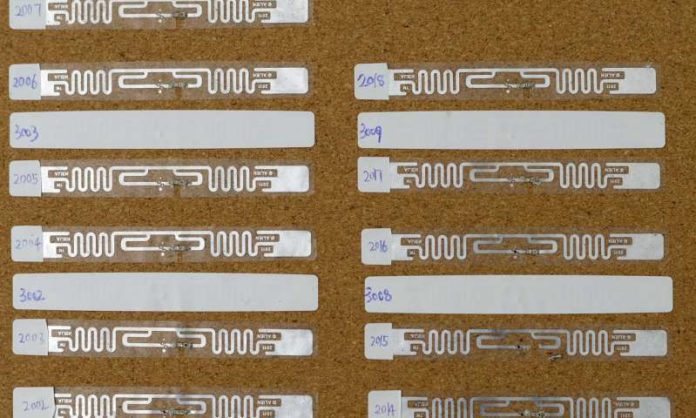Researchers at the University of Waterloo have taken a step forward toward a new generation of smart devices that don’t require batteries or charging. This new batteryless smart device, which features an IP address for web availability, is known as the Internet of Things (IoT) device.
The benefit of this technology is it brings down upkeep costs and enables the gadget to be put in regions that are off the network.
A significant number of these IoT gadgets have sensors in them to identify their condition, from a room’s surrounding temperature and light levels to sound and movement, yet one of the greatest difficulties is making these gadgets feasible and without battery.
Professor Omid Abari, Postdoctoral Fellow Ju Wang, and Professor Srinivasan Keshav from Waterloo’s Cheriton School of Computer Science have figured out how to hack radio frequency identification (RFID) tags, the pervasive squiggly strips of metal with a minor chip found in different objects, and enable the gadgets to detect environment.
Wang said, “It’s really easy to do. First, you remove the plastic cover from the RFID tag, then cut out a small section of the tag’s antenna with scissors, then attach a sensor across the cut bits of the antenna to complete the circuit.”
To give a tag eyes, the researchers hacked an RFID tag with a phototransistor, a tiny sensor that responds to different levels of light. By exposing the phototransistor to light, it changed the characteristics of the RFID’s antenna, which in turn caused a change in the signal going to the reader. They then developed an algorithm on the reader side that monitors changes in the tag’s signal, which is how it senses light levels.
Abari said, “We see this as a good example of a complete software-hardware system for IoT devices. We hacked simple hardware—we cut RFID tags and placed a sensor on them. Then we designed new algorithms and combined the software and hardware to enable new applications and capabilities.”
“Our main contribution is showing how simple it is to hack an RFID tag to create an IoT device. It’s so easy a novice could do it.”
The study appears in the Proceedings of the 24th Annual International Conference on Mobile Computing and Networking.
